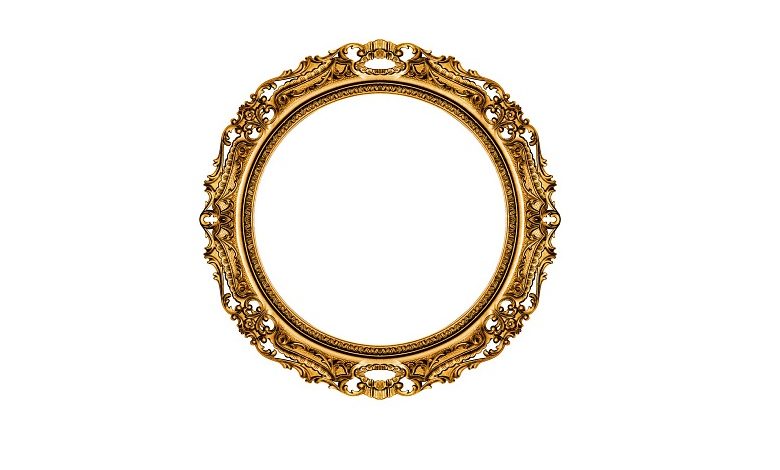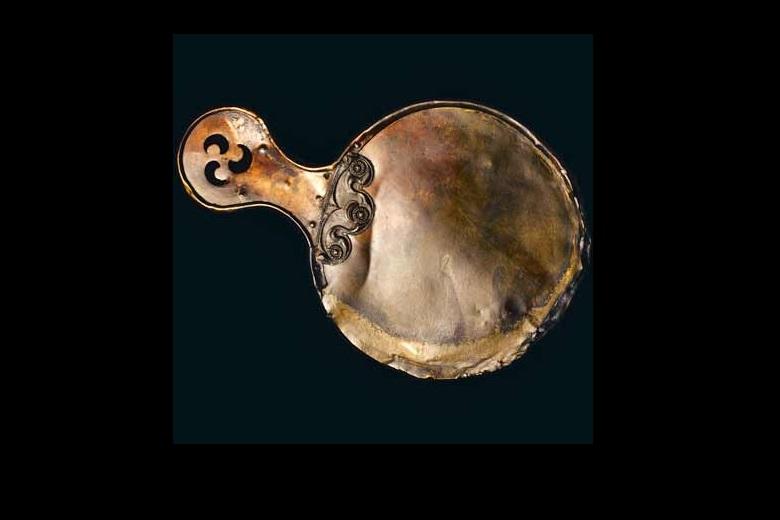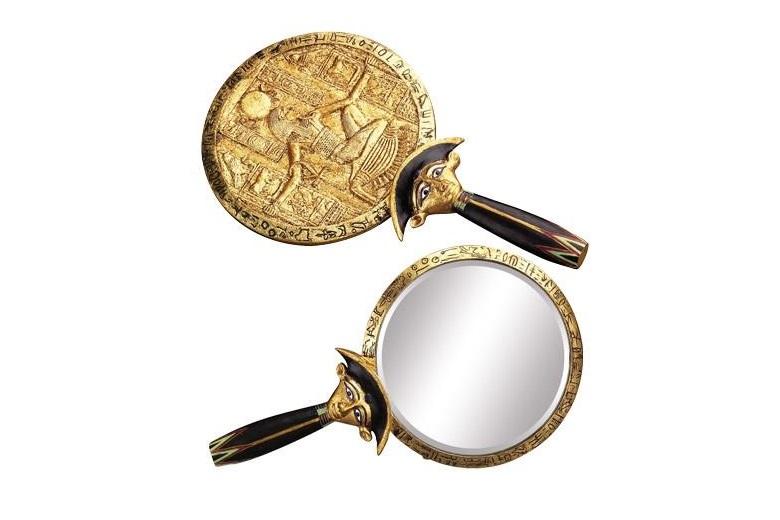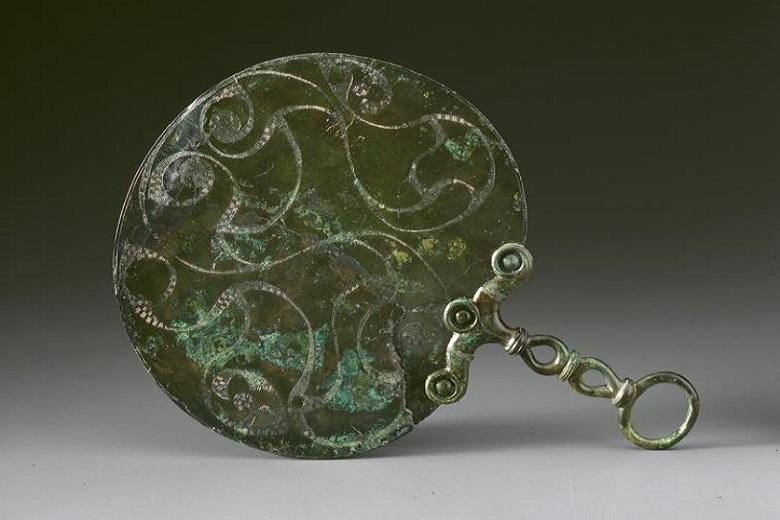What were the first mirrors, and how did they change over time?

The oldest mirror in the world, obsidian, dated back to 4000BC, considered the most senior, but how did they change over time?
The South American Indians considered the mirror a portal to another world – one that a person could not penetrate. The Chinese have learned how to make “magic” mirrors, and the Venetians are fabulously expensive, and, perhaps, nowhere in the world, this mysterious invention was left without a train of histories, beliefs, curses, and mysteries, many of which exist today.
Bronze age mirrors

Once upon a time, one could see one’s reflection only by looking into a reservoir of stagnant water, as Narcissus did from ancient Greek mythology. But then a mirror appeared – the detailed history and the time of its appearance are lost in the very distant past. It all started with polished plates made of obsidian, a natural volcanic glass.
Such finds were made on the territory of modern Turkey and date back to the seventh millennium BC. This was already the Bronze Age. In addition to obsidian as a material for the manufacture of a reflective object, this alloy of copper and tin gradually began to be used. Bronze mirrors were made round – in the shape of the sun – both as a sign of reverence for the main deity and as a sign that the mirror reflects the sun’s rays.
Different cultures of the world probably came to the idea of creating smooth polished surfaces independently; in any case, mirrors made in the Bronze Age and at the beginning of the Iron Age are found in different parts of the world. For many peoples, the mirror was used in magical rituals and endowed with magical properties.
And in ancient China, as a confirmation of their magical nature, some bronze mirrors seemed to demonstrate real magic. Flat on one side and decorated with pattern and relief on the other, they, as expected, showed a reflection of what was in front of them. But if the sunlight was reflected with the help of such a mirror, directing it to the wall, instead of the usual sunbeam on the wall, a pattern from the backside became visible.
For an ancient man, this demonstration did not represent, perhaps, a tricky puzzle because mirrors were credited with a connection with another world even without it. Still, it is interesting that an exact explanation of this property of some Chinese magic mirrors has not yet been obtained. The advanced versions – including the minor curvatures of the mirror surface, the effect of acid creating a pattern invisible to the eye on the polished side – could explain the result obtained.
Experts successfully carried out such experiments, but the secret of Chinese masters that would shed light on the ancient profession of mirror craftsmanship remains unidentified. Not all mirrors made in China possessed “magic” properties; in general, the production of these bronze objects, decorated with various kinds of ornaments,
Many ancient mirrors were found in Siberia, in the Minusinsk Basin – several hundred bronze items belonging to different periods and different cultures. On the back, there are not just ornaments but whole scenes that emphasize the ritual significance of the mirror for its owner. These items often served as an amulet.
From China, mirrors came to the Korean Peninsula, from where the Japanese adopted the method of their manufacture. During the Yayoi and Kofun periods, a bronze mirror was left in the grave of rulers and aristocrats – as a way to help the deceased get into the afterlife. In Buddhism, which came to the islands in the sixth century, mirrors also performed ritual functions.
Mirrors in antiquity
From Mesopotamia and Ancient Egypt, where a polished copper plate was used to obtain a reflective surface, making a mirror came to the ancient world. Mirrors were created, in particular, in Cyprus, where there was a large copper deposit. Therefore, the goddess Aphrodite – was often depicted with a mirror, which was at the same time a symbol of female beauty. According to some versions, it was the mirror holding the famous statue of Venus de Milo. Philosophers also respected the mirror: Socrates called to look at your reflection to know and improve yourself.

The Greeks glorified the miraculous power of mirror reflection in mythology – in the battle with Medusa the Gorgon, it was it that helped Perseus to win: in order not to meet the gaze of the monster that turns all life into stone, the hero fought the battle, looking into his shield, like a mirror, and was able to cut off Medusa head. But the “mirror of Archimedes” is no longer so mythological.
However, the reliability of the very fact of the burning of the enemy fleet with the help of the “death ray” is questioned. Traditionally, it is believed that in the battle of Syracuse, Greek warriors used a method invented by Archimedes to set fire to enemy ships, directing the sun’s rays reflected from shields at them.
Although they fulfilled their function, metal and stone mirrors still had significant drawbacks – they needed constant polishing, and the reflection turned out to be dark and indistinct. In this, glass mirrors significantly outperformed metal mirrors, the first of which began to be created in the first century AD on the territory of modern Lebanon.
Glass mirrors in Europe
In Europe, the production of glass mirrors dates back to the 13th century. A glass vessel was used for their manufacture, into which molten tin was poured in the blowing process, then the frozen product was broken, and a mirror was made from the fragments.

The process was laborious and expensive; gold was added to the composition of the light reflecting substance. The cost of the products was extremely high – only very wealthy people could afford to have a mirror in the house. In payment for one such product, both an estate and a sea vessel were given. Interestingly, it was much cheaper to order your portrait from a brilliant master – this did those who always wanted to have their “reflection” at hand.
In the 16th century, artisans from the island of Murano first created a flat mirror – by cutting the still-hot glass cylinder and rolling the halves on copper plates. As a result, the mirrors were clean and shiny. The invention was appreciated in France – there it came to court, the royal family became the primary customer of mirrors, and in 1665 the country’s first own manufacture was opened in the country.
Thanks to the development of mirror production, it became possible to write self-portraits, which gave descendants an idea of the external appearance of painters of the past. And in their work, the masters used the capabilities of mirrors – Leonardo da Vinci advised artists to look at the reflection of their work to assess its reliability and harmony.
Later, the liquid glass began to be poured directly onto a reflective surface and rolled out. In 1835 the German chemist Justus von Liebig invented a method of silver sputtering, a technology that is still used today. It is difficult to overestimate the practical importance of the mirror in the modern world – it is used in almost all areas of human activity. However, the magical, otherworldly nature of the object, which allows you to look into another world, remains one of the main features of mirrors through the looking glass.
Even if he does not believe the myths of the past, a modern man still reads about the Mirror of Eternalization in the Harry Potter saga. This feels in numerous signs associated with mirrors, performs ancient rituals – for example, to look into a home mirror after returning from the road for a forgotten thing.
Despite all the accumulated knowledge, the centuries-old culture of humanity suggests that it is better to treat the looking glass with caution and respect – as the civilizations of the past did.




